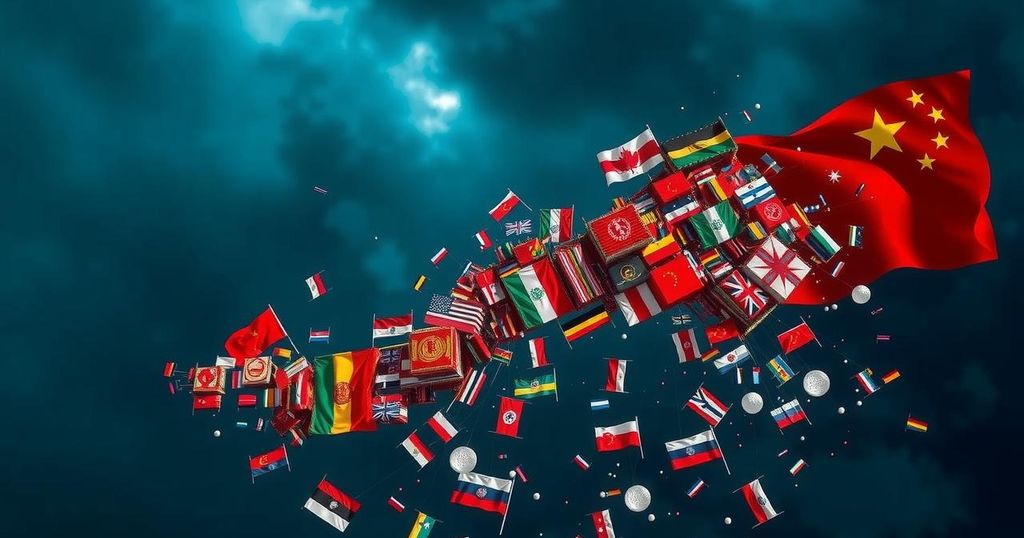Prime Minister Modi and President Xi’s Bilateral Meeting: A Step Towards Restoring India-China Relations
On September 15, 2023, Indian Prime Minister Narendra Modi and Chinese President Xi Jinping held their first formal meeting since the 2020 military stand-off at the BRICS Summit in Kazan, Russia. Their discussions followed an agreement reached to restore the status quo along the disputed Line of Actual Control, emphasizing the need for peace, mutual respect, and cooperation in improving bilateral relations after years of heightened tensions.
On September 15, 2023, Prime Minister Narendra Modi of India and President Xi Jinping of China engaged in their first formal bilateral meeting since the military stand-off that began in 2020. This crucial meeting occurred during the BRICS Summit in Kazan, Russia. The long-standing tensions between the two nations, which escalated following the Galwan Valley military clash, marked a significant downturn in relations. After four years of intense diplomatic and military discussions, an agreement to restore the status quo was reached, prompting both leaders to convene less than 72 hours after the disengagement agreement was formalized. To comprehend the events leading to the 2020 stand-off, maps and satellite imagery are vital. The Line of Actual Control (LAC) in Ladakh is marked in red on a map, highlighting the Aksai Chin region, which China has occupied since the 1962 Sino-Indian war. Following the clashing incidents at Galwan Valley in May 2020, both nations mobilized additional forces, which ultimately led to prolonged disengagement talks and the establishment of buffer zones at critical friction points such as Galwan, Gogra Hot Springs, and Pangong Tso. This article discusses various satellite images depicting the evolution of the situation since 2020; including intrusive Chinese activities at Pangong Lake, the Galwan Valley clashes, and the military buildup and subsequent dismantling in Gogra Hot Springs. One particularly concerning area is Depsang, where Chinese troops have obstructed Indian patrolling efforts. Furthermore, the article outlines the contents of the discussion held between Modi and Xi, where both leaders emphasized the importance of peace and stability along the border and expressed a desire for constructive dialogue moving forward.
The context of the article revolves around the strained relations between India and China following a series of military confrontations that escalated in 2020, particularly in the Galwan Valley. This incident was a culmination of longstanding territorial disputes, primarily stemming from China’s claims over areas such as Ladakh, which India considers an integral part of its territory. The diplomatic efforts that ensued following the 2020 clashes aimed at de-escalating tensions and restoring peace along the disputed borders, specifically the Line of Actual Control (LAC). The meeting between Modi and Xi marks a pivotal moment reflecting both countries’ aspirations to stabilize relations and promote mutual respect and trust.
In summary, the recent bilateral meeting between Prime Minister Modi and President Xi signifies a potential thawing of relations between India and China, post the severe strains caused by the 2020 military stand-off. The establishment of disengagement agreements and buffer zones highlights the commitment of both nations to restore peace and stability along the contested borders. Moreover, the discussions emphasized the importance of mutual respect and collaboration to ensure long-term stability, not just for India and China but for international peace as a whole.
Original Source: www.ndtv.com








Post Comment